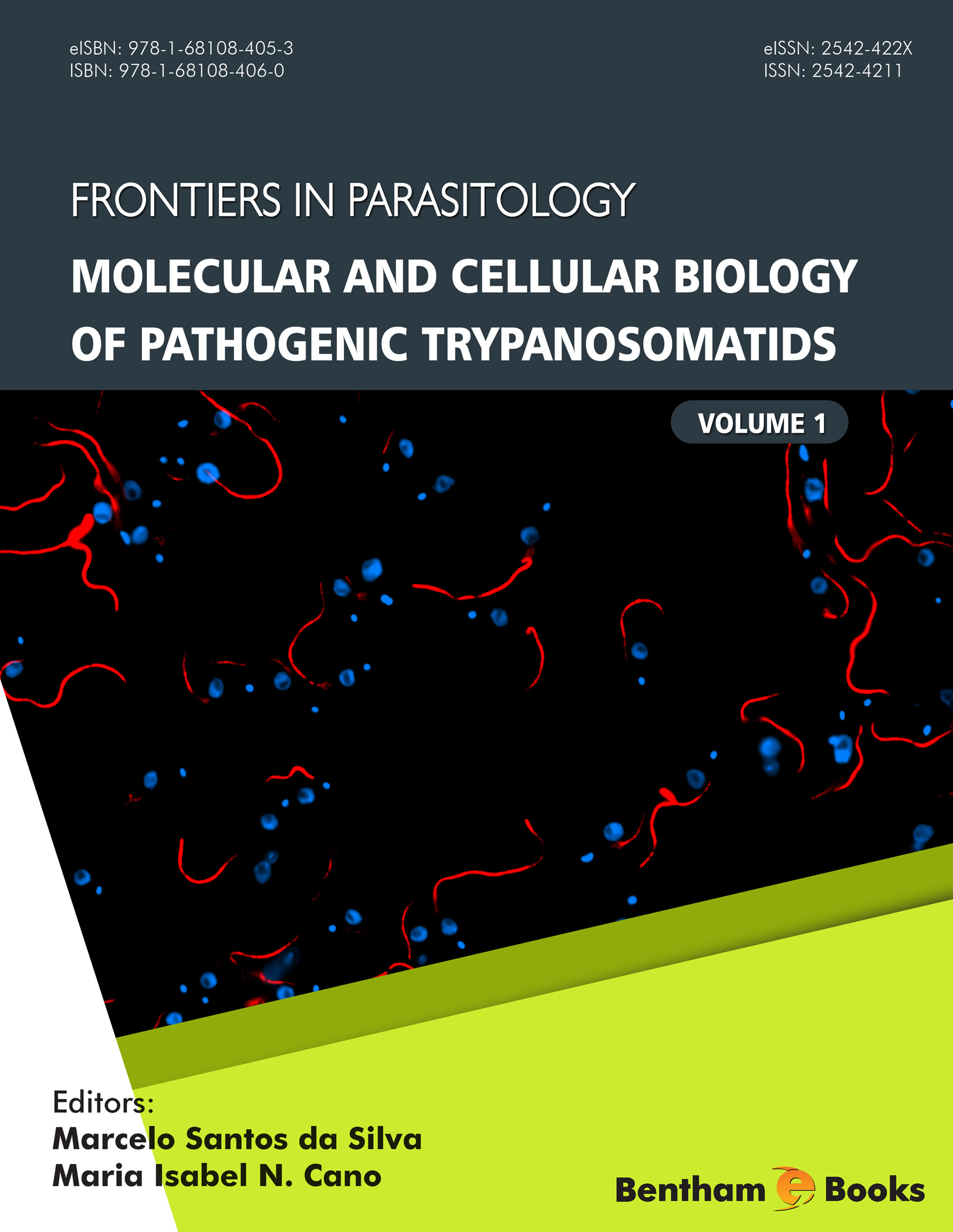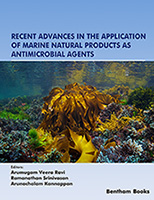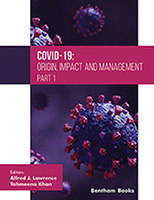Introduction
Every year millions of people living in tropical areas across the globe, are affected by trypanosomatids – the parasites causing Chagas disease, African trypanosomiasis, and leishmaniasis. According to WHO, these diseases are termed as neglected tropical diseases against which there are no effective vaccines and the few available treatments have many side effects, besides posing the risk of emerging drug resistant parasite strains. All these factors represent a significant challenge which imposes a considerable economic burden to public health systems. Many research initiatives have emerged in recent years with the aim to undercover parasitic molecular and cellular biology, parasite-host interactions, mechanisms of disease pathogenesis, molecular mechanisms of drug resistance, all essential for the development of novel anti-parasite treatments and eradication strategies.
This volume highlights discoveries in the field of trypanosomatid molecular and cellular biology. Topics covered include cell organization during development, genome organization and maintenance, control of gene expression, nuclear and kinetoplast DNA replication, mechanisms of DNA damage repair, virulence factors and immune evasion, new methods for molecular diagnosis, new therapeutic tools and recombinant vaccine biology.
This monograph will be of interest to undergraduates (premedical and biologists), graduates (masters and Ph.D. students) the parasitology research community and researchers working in related fields.





